When you think about fitness, the first thing that often comes to mind is the actual workout—the sweat, the burn, the intensity of pushing yourself to new limits. But what if I told you that what you do after your workout is just as important—if not more so—than the workout itself? Yes, you guessed it, I’m talking about recovery.
Whether you're an athlete training for a marathon or someone who’s just trying to get in shape, recovery plays a pivotal role in how your body performs. In this post, we'll dive deep into why recovery is just as important as training, and how prioritizing it can make you stronger, faster, and more resilient in the long run.
Understanding Recovery: What Is It?
Recovery refers to the process of helping your body heal and repair itself after intense physical activity. It’s more than just taking a nap or resting on the couch. Recovery encompasses a variety of practices designed to reduce muscle soreness, improve flexibility, prevent injury, and help your body rebuild its energy stores.
Think of your muscles as a sponge—they get squeezed and stretched during your workout. Afterward, they need time and the right conditions to expand back to their original shape, ready to absorb more next time. And just like a sponge can wear out over time without proper care, your muscles and joints can break down without proper recovery.

Why Recovery is a Game-Changer for Your Progress
- Muscle Repair & Growth
After a tough workout, your muscles experience tiny tears (don't worry, this is a good thing!). During recovery, these muscles rebuild and grow stronger. This process is known as muscle hypertrophy. Without recovery, your muscles will not have the chance to repair, and over time, you might even risk overtraining and injury.
- Restoring Energy Stores
Every workout drains your energy stores—especially carbohydrates that your muscles rely on. Recovery allows your body to replenish these energy reserves, so you’re ready for your next workout. Without this recovery time, your body can become fatigued, and performance will inevitably suffer.
- Injury Prevention
We all know that overdoing it can lead to injury. Rest allows your muscles, ligaments, and joints to recover and regain their strength, reducing the risk of strains and sprains. Plus, certain recovery tools, like foam rollers, can help with muscle tightness, improving your range of motion and helping your body move more freely.
- Mental Recharge
Fitness isn’t just about the body; it’s about the mind too. If you’re constantly training without allowing your body to recover, you’ll likely burn out mentally. Recovery provides the mental space you need to relax, recharge, and return to your workouts with a fresh mindset.
Recovery Tools: More Than Just Rest
While sleep is vital for recovery, there are also several tools and techniques you can incorporate into your routine to enhance your recovery process. Let’s explore some of the most effective ways to optimize recovery.
- Foam Rolling & Massage
Foam rolling is one of the most effective ways to aid in recovery. It helps to break up muscle adhesions, which can improve flexibility and reduce muscle soreness. Using an electric vibration foam roller after a tough session can take your recovery to the next level, as the vibration stimulates blood flow and promotes muscle relaxation.
- Stretching & Mobility Work
Taking the time to stretch and perform mobility exercises post-workout can greatly improve flexibility and reduce muscle tightness. Incorporating yoga stretches or using tools like yoga rollers can help lengthen muscles and improve circulation. Stretching also helps bring more oxygen to the muscles, aiding the repair process.
- Massage Tools
Deep tissue massages are another fantastic way to recover after intense exercise. Devices like handheld electric neck massagers or intelligent fascia muscle massagers can target specific areas of tension in the body, providing relief to tired muscles. Regular use of these tools promotes circulation, alleviates stiffness, and enhances overall recovery.
- Compression & Heat Therapy
Compression garments, heat packs, or even electric shock stimulators are great for stimulating blood flow and reducing soreness. Heat therapy is especially beneficial after a workout as it relaxes the muscles and improves circulation. Some recovery tools, like an intelligent fascia muscle massager with storage bag, even offer combined heat and massage functions for a more comprehensive recovery experience.
- Proper Nutrition & Hydration
Recovery isn’t just about physical rest—it’s also about refueling. Make sure to hydrate well and replenish your body with the necessary nutrients, especially protein and carbohydrates, to promote muscle repair and energy restoration. A balanced post-workout meal can make a big difference in how your body feels and performs the next day.
How to Build a Recovery Routine
Creating a structured recovery plan is just as important as designing your workouts. To make sure you're giving your body the best chance at recovery, try incorporating these recovery practices:
Get Enough Sleep
Sleep is essential for muscle repair and overall health. Aim for 7-9 hours of quality sleep per night to allow your body to fully recover.
Active Recovery Days
On days when you’re not lifting heavy weights or pushing your limits, incorporate low-impact activities like walking, swimming, or light yoga to keep the blood flowing and promote recovery.
Use Recovery Tools Regularly
Incorporate massage, foam rolling, and stretching into your routine to target tight muscles. Tools like the electric vibration foam roller or a portable leg massager can be used daily to keep your muscles supple.
Focus on Mobility
Take 10-15 minutes each day to work on your mobility. This can include foam rolling, stretching, or yoga. Doing this consistently will improve your range of motion and prevent muscle stiffness.
The Bottom Line: Recovery is Key
Incorporating recovery into your fitness plan isn’t just a “nice-to-have” practice—it’s a must if you want to see long-term gains and avoid injury. By prioritizing recovery, you’re giving your body the chance to repair, rebuild, and come back stronger than ever.
Remember, it’s not just about working hard—it’s about working smart. Listen to your body, rest when needed, and don’t underestimate the power of proper recovery. With the right tools, techniques, and mindset, you’ll be able to train harder, recover better, and see the results you’ve been working for.
You’re only as strong as your recovery game. By focusing on not just your training but also on the recovery process, you’ll be setting yourself up for success and ensuring your body is prepared for every challenge that comes your way.






